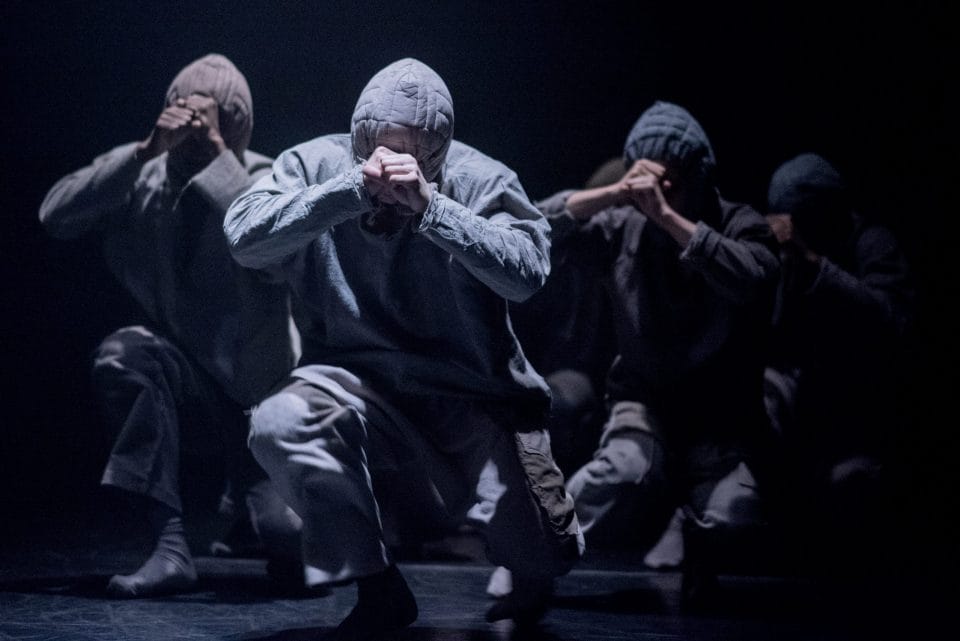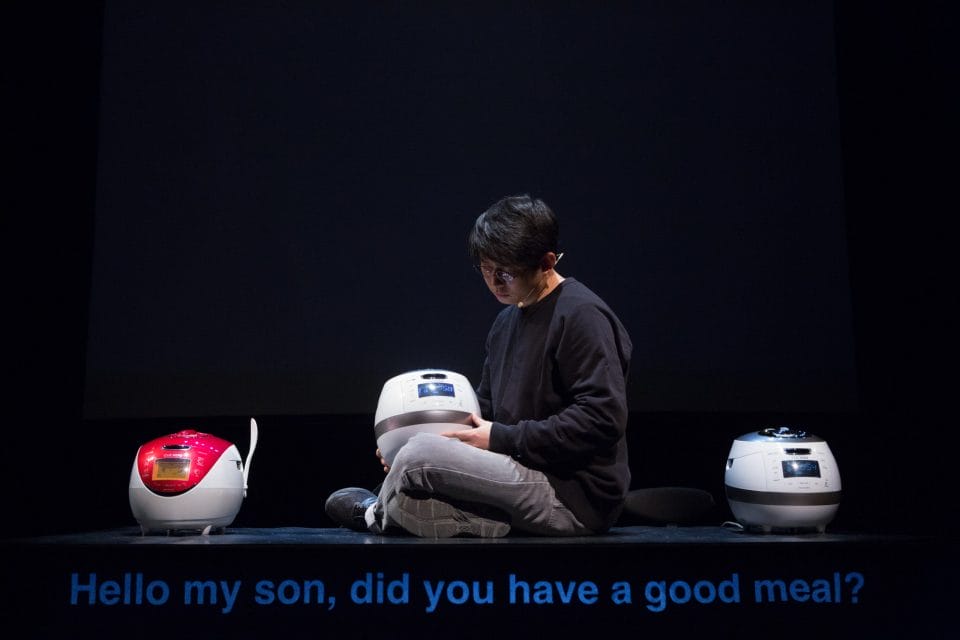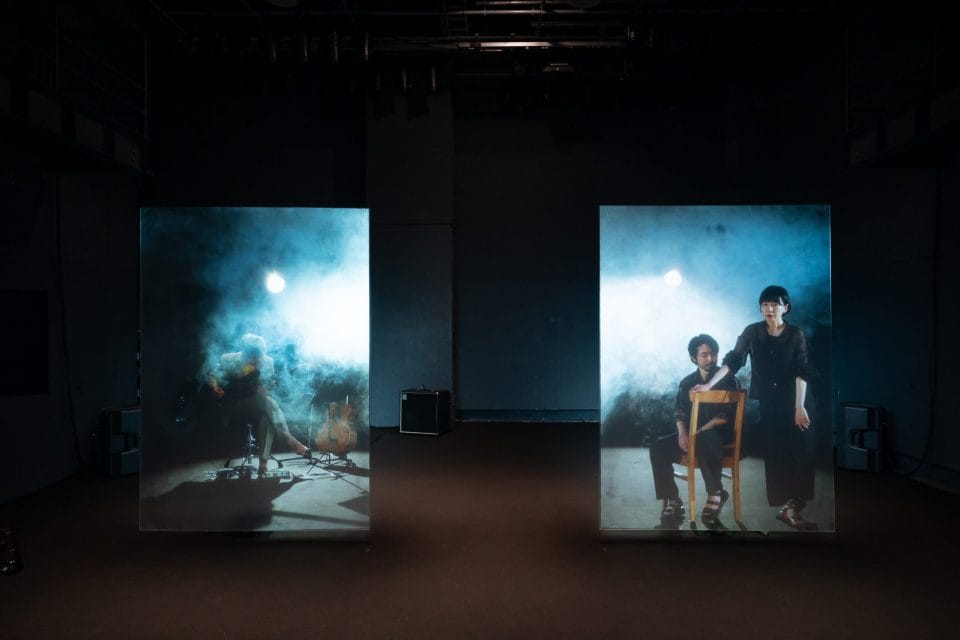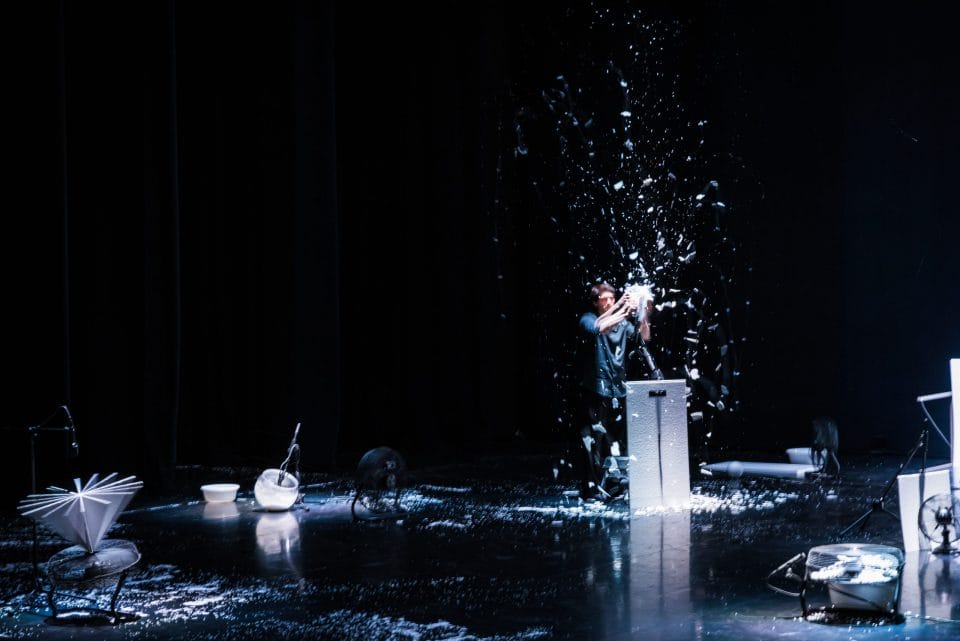
Five participating artists from the Singapore International Festival of the Arts 2023 lineup share what it takes to make art that glows with light.
Creating performance art is an excretive process that derives so much more value in its action than in its finished form. For most who are only privy to the glossy surfaces and rounded corners of final works, diving into the gestation period and space of a work-in-progress can be quite alarming because of the energy and effort it takes for emotions, words or thoughts to be condensed into short hourly sittings. It requires the artists to go through a dramatic transformative process that is either intentionally or unintentionally unperceivable to the naked eye.
However, the opposite can also be true. Art can come as easy as breathing, and there is no rule that the higher the number of performers, the more pivotal the work. So where does the magic come from? At what point in the creative process does the work take on a life of its own, independent of the intentions of the artists and enriched by the participation of its audience? How do artists find light in their arduous journeys towards realisation? We invite five participating artists from the Singapore International Festival of the Arts to share how light exists in their creative processes and works, illuminating the power of human connection and experience present in the art of art-making.
Pictured above: A still from the performance of BLKDOG, directed and choreographed by Botis Seva

Jaha Koo, Creator, Performer, CUCKOO and LOLLING & ROLLING
“I think all artists — who work in the contemporary performing arts field — want to develop their own artistic languages in their artistic practice.As a theatre-maker, when I look back at the recent history of contemporary experimental theatre, most artists have always struggled to live in the overflowing information in the digital age over the past 30 years. They have strived to figure out their relevant way of artistic articulation. Creative work shines the brightest when unique artistic articulations are born significantly at the centre of artistic urgency in our contemporary society.
My main artistic languages are music, video and robotic objects as a theatre-maker. In 2014, I launched the Hamartia Trilogy, focusing on how the inescapable past tragically affects our lives today. It took a long time — about seven years — because I made everything from music, video, text and performances. It was also a long journey to interweave with political issues, historical events and personal stories based on my three artistic languages. So when I was finally able to show the Hamartia Trilogy in 2017, all three different shows in five hours,I couldn’t forget the standing ovations and the curtain call. The seven years flashed before my eyes when I was there, and that was maybe the brightest moment for me as an artist until now. But I’m already challenging myself as an artist to make bigger achievements and brighter moments from here on.”

Botis Seva, Director & Choreographer, BLKDOG
“I was struggling to understand fatherhood at 25, and I read Sally Brompton’s Shoot the Damn Dog: A Memoir of Depression. For me,It wasn’t necessarily depression, but I was feeling anxious about how to be a father. I started writing these ideas down about what fatherhood meant, what it means to be in a dark place, to be lost — I wrote down dreams and nightmares I had as well. There’s so much fear. My biggest fear was: how do I love? You look at children; they’re so innocent, you want to give so much. But I haven’t learned love in that way; my dad was not around. I was afraid — what if I got it wrong?
Making BLKDOG, I’ve had to dig deep into what I really feel. But the theme of the show has slowly changed during the pandemic. I had much more head space to think about the show — it became less about an ageing artist and more about how we as humans suppress things that happened in our childhood. This show is for people who want to give up on life, for the people who find it hard to speak about the past. It’s for you to come and experience and takeaway something that could hopefully inspire you in some way.”

Yaron Lifschitz, Director, HUMANS 2.0
“I think there are a few different things to shine bright. One is about the authenticity of the work — where a person sits well inside their own skin, knows themselves and is prepared to be vulnerable and alive. There’s a beauty and energy that comes off that, so I think that’s a really big part of it. I think part of the creativity behind the work and in circus machines comes from ensemble work, and the way that the group functions, trusts, and believes in acts are really important parts.
People often mistake what directing is in my line of work. I’m creating work in an ensemble, so it’s less a process of architecture and more a process of gardening. There are weeds and there are things you grow. But there are also surprising and unexpected things in sight. You just have to mow the lawn every week or two.It’s not something that you can let go. But then there are moments of planting, and there are moments of fertilising, and there are moments for just sitting back and letting the thing develop. With experience, you maybe get that balance a bit more, but it’s not a science. Directing is a process of being and doing that I fell in love with it because you have to bring your whole self to the challenge — use your mind, emotions, creativity and everything you have at your disposal. It’s difficult but worth it.”

Toshiki Okada, Playwright, Director, “NEW-ILLUSION”
“I want my work to give audiences something new to experience. But more than that, I feel like it’s especially rewarding for me when my own creation process makes me discover something new, or previously unknown, about my own art form and myself. That is what makes me more excited to create and develop my ideas and where I think my work shines the brightest.
I’ve been doing theatre for more than 30 years. When I started to think of what other new experiences I could give to the audience,I started to question the relationship between the performer and the audience. So “NEW-ILLUSION” is actually an unusual theatre work because there are no performers, only two screen panels that project images of two humans. Audiences create fictional phenomena of what they think they should see when there is no true human presence in the space. The actors also get to become the audience in the process, as well as look at every single audience member, via the camera, at once. I love that art can bring so many juxtapositions to the fore.”

Andrea Salustri, Creator, & Performer, MATERIA
“I think performative works develop through different phases — one of which might be broadly defined as the “research phase” — followed by a process in which this research is slowly shaped into a finished work and becomes accessible to an audience. This second phase is extremely delicate, and it is common to witness great artistic research that nonetheless fails to present itself in a structured and accessible way while staying true to itself. At the same time, it is also possible — if not even more frequent — to experience the opposite: creative works that are extremely well crafted but based on very poor research. The dedication to undertaking a creative process that fully develops throughout these two phases is, in my opinion, what makes a finished performance really shine.
As I walked my path between circus and dance, I started combining tools and methodologies belonging to one discipline with those belonging to the other. Particularly, I started considering juggling as a movement exploration applied to objects and dance as an extension of that practice, which happened to be centred on an object I was extremely familiar with: my body. Object manipulation became — in this way — the centre of my focus and for an extended period of time, I worked with a variety of objects. Some of them resulted in being extremely inspiring and interesting, and I naturally insisted my research on those. When I came across polystyrene, its incredible fragility and lightness imposed on me a listening role as I began attempting to understand its language in order to enter and engage in a dialogue with it. It soon became clear that this material had a lot to say and my manipulation slowly shifted towards facilitation, trying to give it space and voice and let it speak for itself. I found myself extremely inspired by the material itself. Without trying to force it into deliberate outcomes, I was setting the conditions for it to be able to respond, and letting it — in this way — take the lead in the creation process.”
Once you’re done with this story about SIFA 2023, catch up with the rest of our May 2023 issue here.







